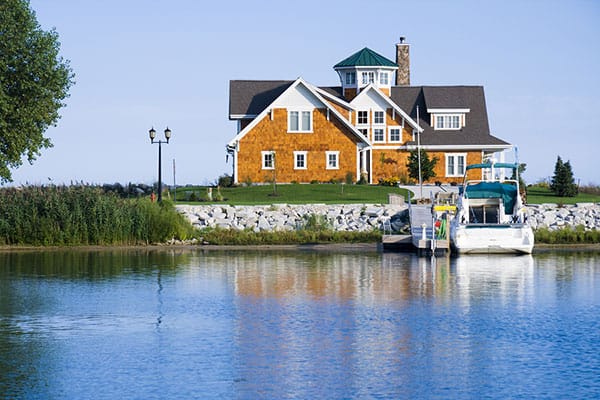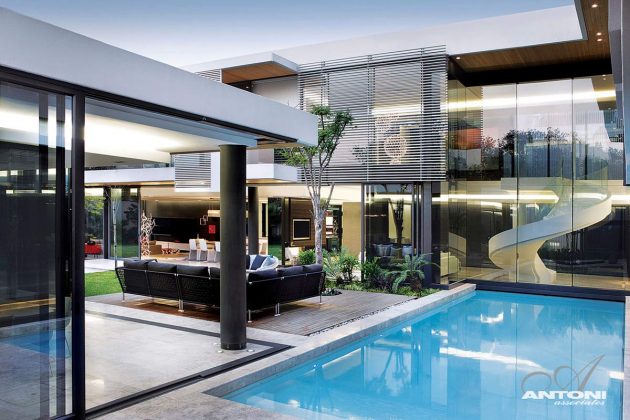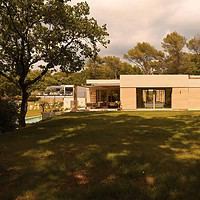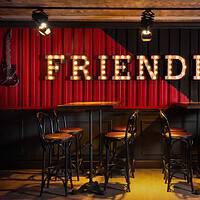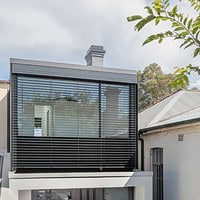It’s common knowledge that water is the single most important liquid for survival. This fact is further proven by the behavior of earlier civilizations. During the agricultural age, back when our tools were as primitive as can be, communities built their homes proximate to bodies of water. Lakes and rivers were the most ideal for the survival of these people.
Water was used to grow crops, wash clothes, clean hands, and of course, to quench thirst. And since then, water has never lost its place on our list of essentials. Even as the Bronze age dawned, along with the rise of ancient civilizations, water was still considered an important resource. The Romans even went as far as to incorporate water into their architecture.
Romans built public baths, aqueducts and latrines in order to both keep their cities clean as well as to beautify them. The contrast between industry and nature, marble and water, the white with the blue — it was the Romans who were the first to make use of water as an architectural design element.
And that knowledge perseveres even more so today. We do so, even to such extremes as building an artificial lake, like the one surrounding the National Centre For Performing Arts in Beijing, or even as far as building an artificial island, as is the case with the Sydney Opera House. The most beautiful architectural wonders have water incorporated into their design.
Private residences also make use of this contrast in the form of swimming pools. Some houses even have glass walls that have water streaming down behind them. Almost every backyard has a water hose for when summer season comes around to allow for inflatable water pools for the family.
Whether it’s tap water or another source, water will always be a part of every home and every structure. It’s both an important resource as well as a unique design element. It’s flowing, free, and pure. In modern architecture, water is used to both give good first impressions as well as lasting impressions. It’s also used to evoke a sense of sophistication and balance.
Water also has an emotional impact on the beholder. This article discusses how living next to the ocean, or any body of water for that matter, can actually help you become calmer and more creative.
Water actually influences a meditative state in all of us. This is because our brains are wired to react positively to water. This is more of an evolutionary effect than it is a psychological manifestation.
Because, as stated earlier, ancient civilizations, and even prehistoric communities, have always had an affinity towards water in order to survive. It’s literally hard-wired into our brains that water is good for us, and that evokes a sense of familiarity in the same way that a mother’s voice evokes a sense of comfort to a newborn.
And well, it’s simply undeniable that sometimes just watching water flow through a fountain is enough to put one into deep thought. I know this because I’ve been there.

